5?Top?tips for?Winning?Looks
Three horse owners walk into a barn. One stands a Paint stallion to the public. The next has a well broke reining mare listed for sale. The third competes in Western Pleasure on his AQHA gelding. So what do these people have in common?
Give up?
All three horse people need the ability to groom their horses to their very best for buyers, breeders and judges. We all want our horses to look the best that they can, so here are five questions to ask yourself, and grooming tips to improve your horse’s appearance.
1. What’s the condition of your horse’s coat?
A shiny, sleek horse is appealing, but achieving that takes good nutrition as well as good coat care. If you aren’t certain about your program, talk to your vet who can advise you on what to feed, whether you need mineral supplements, and when to worm. Adding flax or vegetable oil to your horse’s feed can also add some shine.
Horses in Western Canada normally begin shedding in March or April, depending on their age, condition and sex. If you want your horse to be sleek before then, you should blanket him throughout the winter. Blanketing does not stop the growth of winter hair, but it keeps their hair shorter and thinner, and speeds spring shedding.
And did you know the length of daylight influences your horse’s coat more than the outside temperature? If you need your horse to shed out early, you should consider putting him under artificial lights for a few months.
Summer brings its own challenges. Fly sheets or light weight blankets can prevent sun fading and stains. And if your horse has pink skin on his face, a long fly mask will prevent unattractive peeling skin.
2. Is your horse clean?
Dirt and stains are unattractive, and especially noticeable on light coloured cremellos, greys or Paints. A good brushing session can improve things, but for a competition or photo shoot your horse will require a full bath.
Warm water will make the job much more pleasant for you and your horse. Brush off as much dust and mud as possible before you start. Wet your horse with a spray nozzle, using a reasonable amount of pressure to wash out the worst of the dirt. Then, apply an equine shampoo, scrub well, and rinse thoroughly. Next apply a purple stain removing product onto any white or stained area. Scrub the stain, allow the product to sit for a few minutes, and rinse. Repeat if necessary, but follow the stain remover’s directions so your horse’s white areas don’t turn purple!
You can condition your horse’s tail, but if you’re planning to band or braid the mane avoid conditioner so it doesn’t become too slick to grip.
3. Does your horse’s mane and tail flatter him/her?
Pay attention to the manes and tails of winning horses in your breed and discipline. How long are their manes? Are their manes banded or braided? What’s done with their forelock? Do they use tail extensions?
Once you know the “look” your horse requires, do some research to learn how to achieve it. Find a trainer or experienced competitor, and ask them to teach you how to band or braid. It may take hours of practice (and some swearing) but it can be done! Or?—?to prevent the swearing part?—?hire someone to do the job for you.
If your horse rubs out chunks of mane on a bale feeder, or wrecks his tail swatting at bugs, do something about the problem before it gets worse. Buyers and judges notice these details.
4. Have you trimmed all the extra hairs?
Most horses look better without long feathers on their fetlocks, bushy whiskers under their chin, and a shaggy bridle path. Study equine magazines, and your competition, so you understand what look you need, and then trim accordingly. Ask yourself: How long should your horse’s bridle path be? Do you need to trim the inside of his ears? How short should you clip the white on his legs?
Don’t leave this job until the last minute. It will take practice on your part to become good at clipping. And your horse will need days or even weeks to become relaxed with the sound and feel of clippers.
5. How do your horse’s feet look?
Good hoof care is essential for your horse’s best presentation. Your riding horse won’t move well if his feet aren’t cared for, and any stallion or mare with broken, flared hooves will make viewers wonder “Is this genetics, or just bad hoof care?” Nip that problem in the bud. (For more on hoof care, see Saving the Mighty Quinn)
Before you take photos of your horse, or even enter the show pen, follow these tips and also ensure your horse is wearing good quality, well-fitting tack. Your goal is to make your breeding stallion, reining mare, or Western Pleasure gelding look its very best. And you can take that to the barn!
HV Obvious Lady
BEFORE
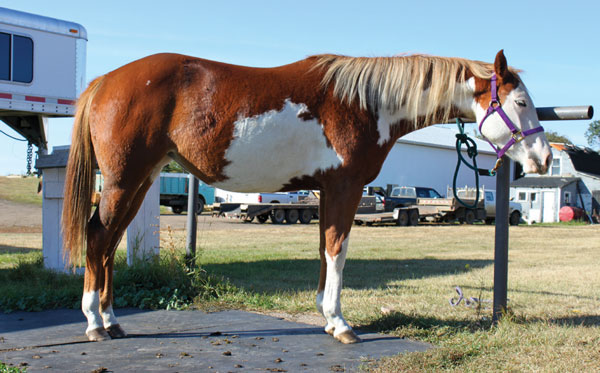
After
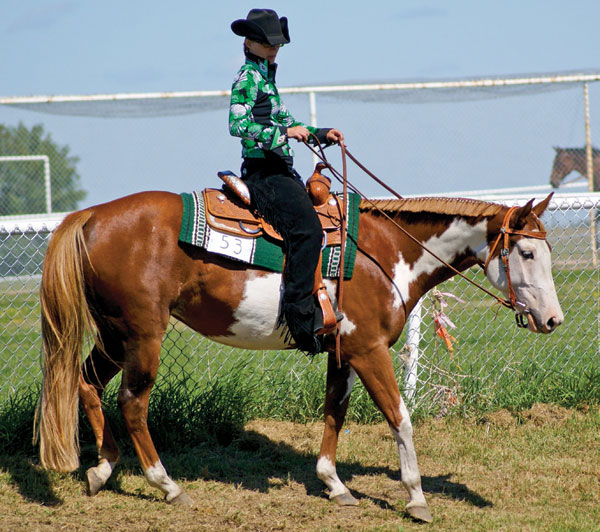
Smooth Chips Patrick
BEFORE
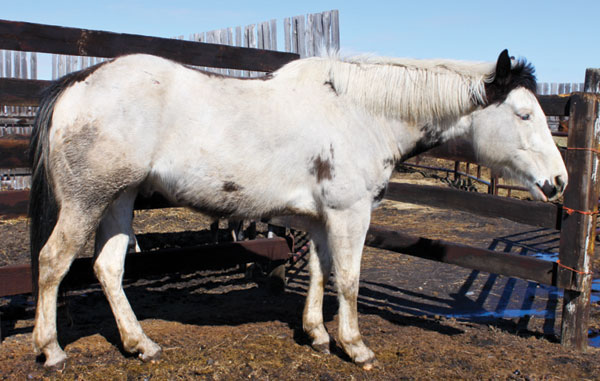
After
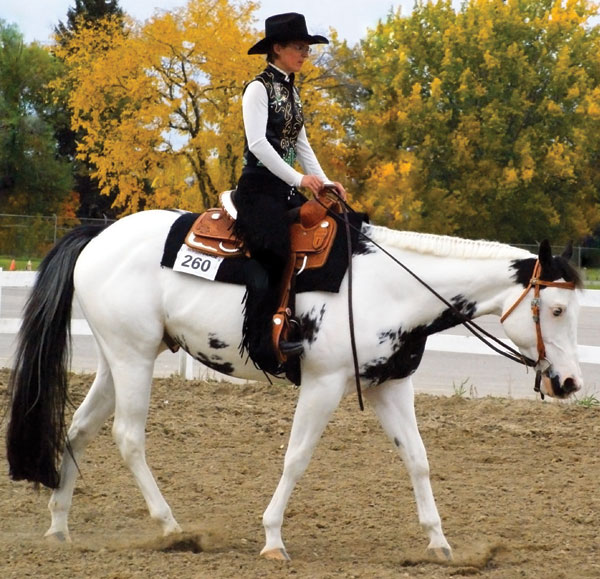
Good N Lazy (Jack)
BEFORE

After
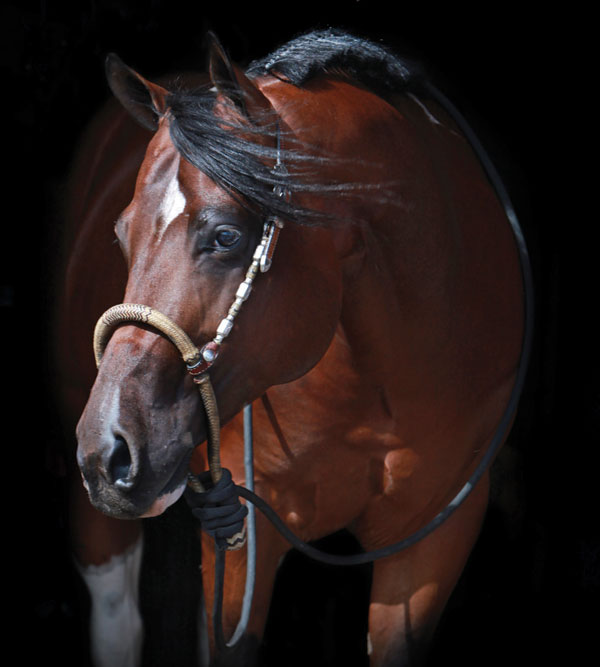
Jack is also wearing a tail extension, which is very common in the show pen for stock breeds. He is wearing clean, good quality tack; a show halter was used for some of the photos, and in others a bosal and show saddle since Jack is being promoted as a performance horse. All of these small details are important if you want to compete, sell your horse, or promote your stallion. Good grooming can make your good horse look even better. Poor grooming can make a nice horse look horrible. Photo by M. Szabo Photography.















